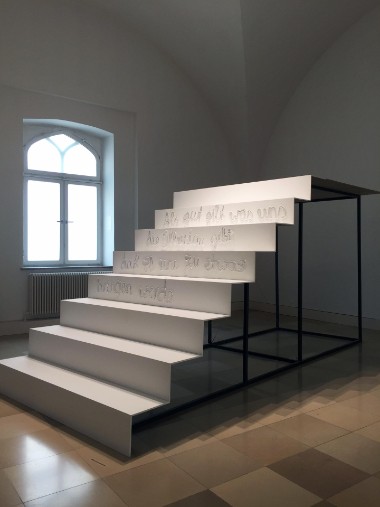
Stairway to nowhere 2019 glass,wood,iron
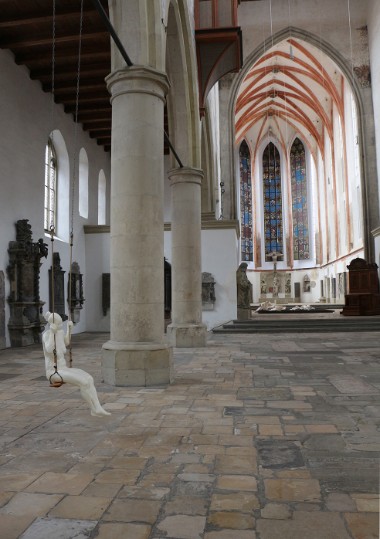
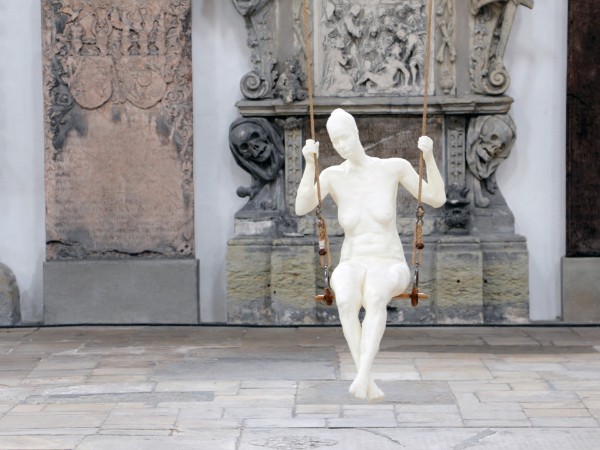
SCHAUKELNDE Installation in der Minoritenkirche Regensburg 2015
Jessica Kallage Götzes Arbeit kennzeichnet unter anderem die große Bandbreite an Materialien mit denen sie ihre Skulpturen, Reliefs und Installationen kreiert. Innerhalb ihres Schaffens nimmt Glas einen hohen Stellenwert ein, sie verwendet aber auch Wachs, Gips und Brot um ihren Figuren Form zu geben. Das Fragile, Vergängliche und Flüchtige haftet ihren Arbeiten bereits durch die Auswahl ihrer Materialien an.
Die Künstlerin analysiert und erforscht diese, sucht nach der Essenz, formt, verdichtet und baut auf.
In ihrer Installation VON GESTERN ging sie konsequent einen Schritt weiter und entschied sich bereits bei der Konzeption ihrer Figur für deren Auflösung. Während die Eisskulptur schmilzt, sammeln sich ihre „Überreste“ als Pfütze in einem Becken, sie löst sich auf und ist doch präsent. Kallage Götze möchte zum Betrachter und zur Betrachterin sprechen, mit ihren Figuren und Installationen erzählt sie Geschichten. .....
Auszug aus dem Text NoBody. von Birgit Pelzmann
VON GESTERN
Ausstellungsansichten
Installative Verbindung von Kunst im öffentlichen Raum mit einem Raum in den Kunstarkaden München
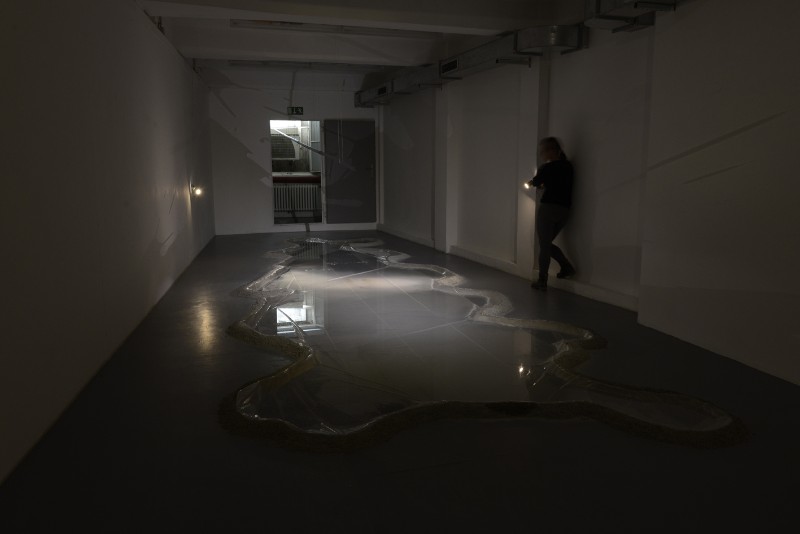
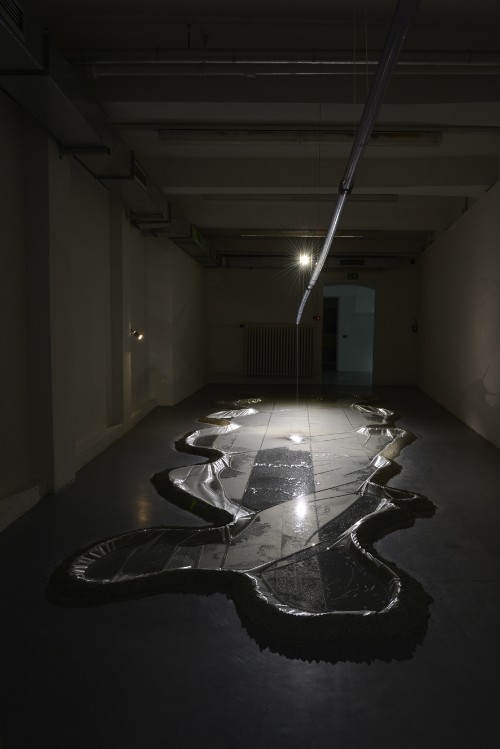

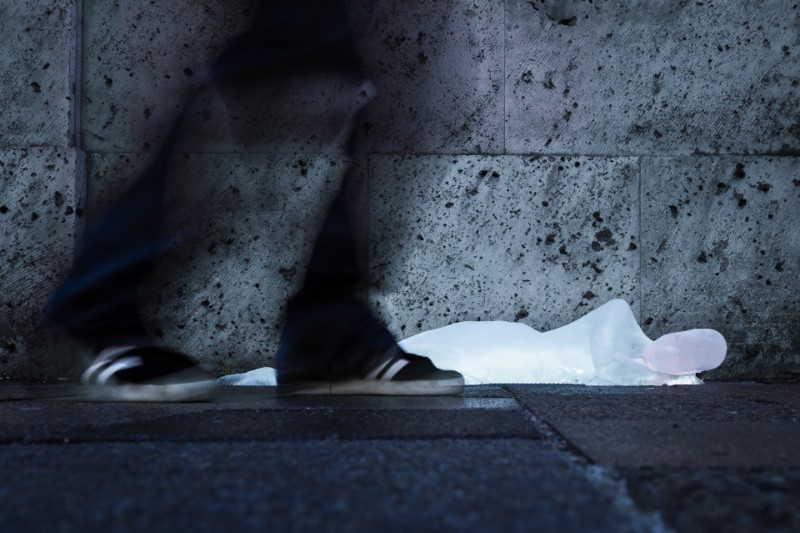
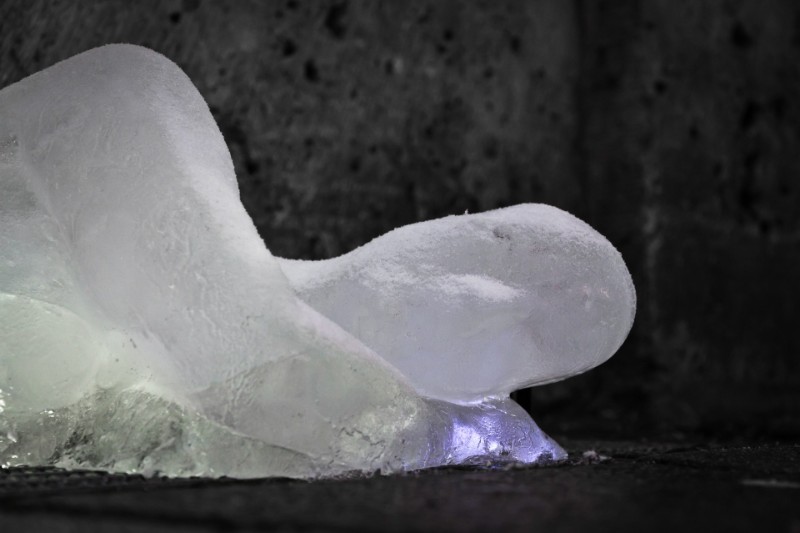
Installative Verbindung von Kunst im öffentlichen Raum mit einem Raum in den Kunstarkaden München
ice, water, zement, tubes, lights 2013
HIMMELSCHWER / HEAVENLY WEIGHT
Ausstellungsansichten
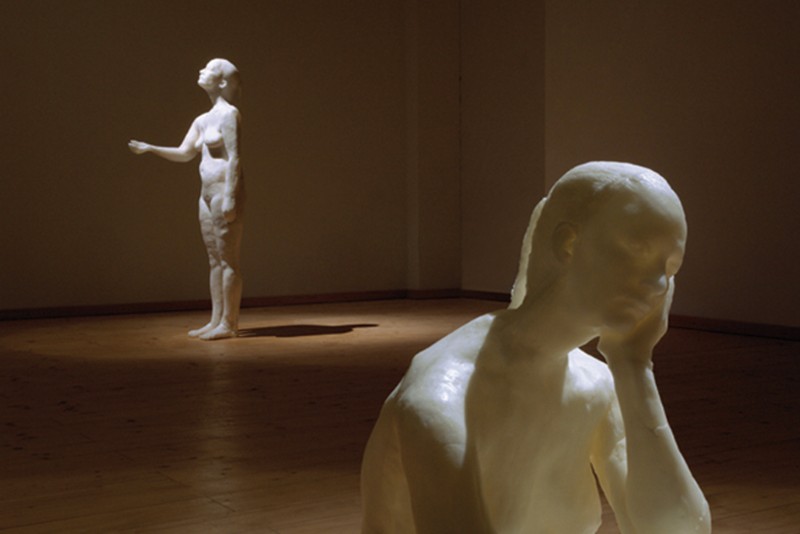

HOMO BULLA 2009 wax, soap bubbles 130cm
„Just like Homo Bulla, Man has his life in his hand figuratively, and his wishes,
his dreams,in the form of gleaming soap bubbles, drifting ever higher,
at least until the bubble dissolves
into nothing, like human existance.“ Katrin Braasch
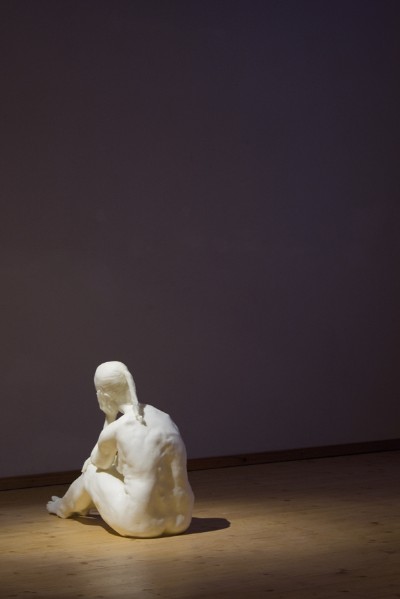
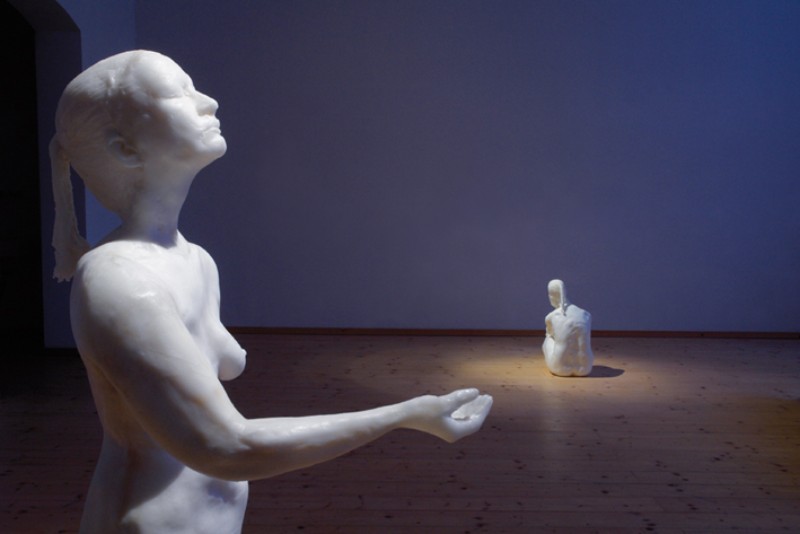
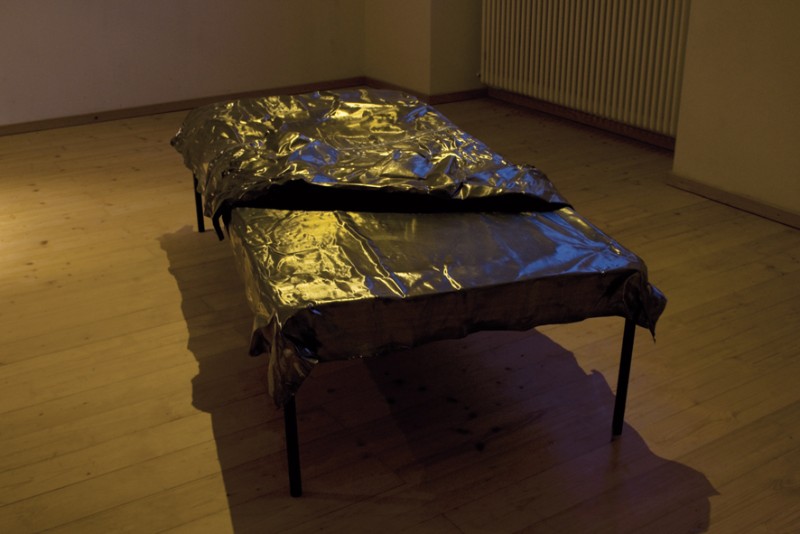
The Body: A Familiar Place, A Topsy-turvy World
by María Isabel Peña Aguado
Bodies are spatial structures. They are space and they create space. Each movement, each change in position, each gesture determines its dimensions and thus the body itself. A silent dance between proximity and distance begins, complemented by posture and facial expression. The body is more than space itself; it stands for identity. It ensures recognition. It categorizes and becomes categorized. It is the familiar place and the topsy-turvy world. What it reveals is – as so often - a question of perspective.
The artist Jessica Kallage-Götze understands the spatial significance of the body and the expressive power of posture. Her recent works demonstrate this. She conceived the objects separately; each stands for itself. Together, however, they have the effect of a composition. The viewer has the option of examining each piece individually or of perceiving each object in relation to another. There is of course a third possibility: She can let herself in for the change of perspective and enter the "in-between space."
The installation Himmelschwer (As Heavy as Heaven) consists of two figures – female figures – a bed and a soap-bubble machine. The lighting is important; it contributes enormously to the effect of the composition. It is precisely this light filling the room that the visitor perceives. The atmosphere is reminiscent of the interior of a church; the artist has directed the rather dim light primarily onto the three objects while the rest of the room is almost in the dark. Coming into the room, the viewer immediately has the feeling she is entering a sacred place. That is how quiet the light is. At first she sees the two figures only from the back. The bed is empty. It is up to the viewer to seek contact with the three objects. To begin with, she is offered nothing but stillness. She is alone with her curiosity.
On the right stands a figure the size of a child, in which we presume a girl. She tilts her head back and holds out her right arm, the hand open. The gesture is inviting, as if it pointed to something alive. The visitor wants to look at this girl from close-up. The girl disappears, however, when we look at her from the front. Now a woman stands in front of the visitor. A young and an old woman unite in one body, in which three ages of human life seem to flow into one another. It is a confusing, almost disturbing mixture of reality and fiction. The one half of the body still speaks of life in full bloom while the other shows the first signs of degeneration. Now the stretched-out hand, which - oddly enough - emerges from the side of the old woman, seems strange. Suddenly soap bubbles burst here and there, quietly floating down on random principle. Is the old woman playing perhaps, like a child? The circle to the girl closes. This play contains – as Schiller remarked - the whole human being, the whole process of his humanity. The eyes of the woman are closed. She turns her face to the sky but her eyes turn inwards. For whom is this play? What does this blind gesture mean? What is the point of this dumb self-abandonment? There is something irritating about these closed eyes, as if the figure withdraws consciously from her portrayal. As if she were presenting her own absence. At the same time she stands rooted to the ground. It seems to be a Fort-Da game. We feel a certain acceptance. This woman is here and her efforts merge in her stretched-out hand. From the viewer's point of view, this passiveness is difficult to bear, perhaps because it suggests action. Again we feel the ambivalence that this figure radiates. After all, she stands there alone. From the perspective of the standing figure, we gradually perceive another woman, sitting on the floor – as if the composition had a sequence that begins with the standing woman and compulsorily points to the seated woman.
This time there is no illusion; it is indeed a young woman who sits hunched over on the ground. Her legs are at a slight angle; her left foot leans a bit on the right one. Her right hand rests on her left knee. In her other hand, she holds her head. Her posture suggests a certain weariness. Her back intimates an old burden. The visitor bends down to meet this figure at eye level. It is a spontaneous impulse. From this perspective, the burden transforms into a posture that reveals more of a resigned, almost bored state of waiting. In contrast to the standing woman, however, her eyes are open. She waits but she is here. She seems to remain in this position of waiting. It is her role and she simply plays it. The visitor would really like to sit down next to her, to speak with her, to find out the reason for her persistent waiting. But she remains hunched over and avoids any further contact. Something tells the visitor that she does not have to do anything other than perform her role as viewer. Nothing more is asked of her. This feeling fills the viewer with embarrassment. She is so close to the figure and yet so far! She finds it hard to resist the temptation of touching the figure. She needs to make sure that this figure does not breathe after all, that this white skin does not live through its pores. A skin of wax, so sensitive and fragile that any warmth would let it disappear. The 'life' of these figures consists of coldness. Each warm touch could leave traces. And this in spite of the fact that the figures themselves result from an imprint, showing, though, the course of manipulation. They are finished and yet reveal the process of their creation.
When the visitor becomes aware of the material in this manner, it confirms her first impression that the space of the installation is a sacred place. A memory of candles arises. Are candles not the most frequent form in which we are familiar with the material wax? As lit candles in a church stand for wishes and prayers, for hopes, thanksgiving and commemoration, thus these two female figures – the viewer thinks to herself – stand for something else. This composition and the installation itself are much more than what we see or do not see. The visitor returns to the first woman and discovers that she is entitled Homo Bulla. Homo? Why homo? Why of all figures should this figure that unites all the ages of a woman be called homo? Why not mulier?
Homo bulla: In her mind the viewer adds est, which translates as "Man is a bubble – or a soap bubble." It is true; there is something anonymous about soap bubbles. They all look almost alike. They have something coincidental about them, as if the life of a human being could not be tied to anything. The artist will explain later on that she, playing with the baroque tradition, refers to the transitoriness of life as well as the vanitas of the human being. That vanitas is symbolized by a female figure is a topos in art history. Is she really questioning this topos? This female figure tells about female existence. And her posture is everything but vain. She is simply not interested in the outside world, rather in that which is going on in her. Her blind glance to the sky, the stretched-out arm that does not seek to capture the soap bubbles: All this is evidence of her lack of interest in earthly matters. This woman seems to be beyond any form of vanity but also beyond transitoriness.
The title of the seated figure Himmelschwer gives the whole installation its name. The associations are numerous, the possibilities of interpretation infinite. The artist seems to want to provoke this ambiguity. Nevertheless, a fairy-tale-like naivety lies behind this provocation, as if the figures were independent in their speech and actively proclaimed their own artistic message. They stand not only as 'creatures' in the room, they are also creators. They are a doubling of the artist, who in fact was the model for the mould. In this manner, they are also doppelgangers of the viewer. They have a material presence and at the same time establish a distance to the observer. As such they make an intellectual gesture that stands for the 'indifference" and 'purposelessness' that Kant attributed to aesthetic judgement.
The successful interplay between illusion and the similarity to reality that these objects offer surely lies in the potential of the material wax, in the playful possibilities of its texture and consistency, but not only in those. We all know how easy it is to play around with a few drops of wax. The artist Jessica Kallage-Götze has allowed herself to enter into an intense dialog with a material that has a long tradition in art history but is considered a second-class material. Perhaps because of its minimal resistance.
Those who know other works by Jessica Kallage-Götze will have noticed on previous occasions that she is the type of artist who gets into the material with which she is currently working with body and soul. As if she could hear the 'sounds' that the material emits.
In the installation Himmelschwer there is a third object with which the artist again succeeds in playing the game of reality and illusion. It is a bed made of lead entitled Überall ist Ewigkeit (Eternity is Everywhere). It stands between the two female figures. At first we see no direct connection to the figures. Instead it has an irritating effect. The visitor admits she prefers to ignore it for a while. The contrast to the two other objects makes its rejection easier. This empty, dark and heavy bed seems to have nothing to do with the universe of the wax figures. And yet there is a common code in this artistic gesture: a similar exchange of the signs of the presence and absence of a body, the same realism in the form and similar allusions to rigidity and movement. The bed is made up and although lead is the epitome of weight, the sheet shows the lightness of silk in its folds. The lighting creates the illusion of a blanket of gold, lending the bed a sheen that stands in contrast to its simple form. Suddenly the viewer feels the loneliness that the bed radiates. As if it stands between the two female figures, a reflection of their existence.
Himmelschwer is a fictional place in real life. Its magic touches aching places in the human soul. It is a place of beautiful, heavy and monstrous dreams, which reward the viewer's curiosity and let her go back to her own life in a state of buzzing wakefulness.
Munich, April 2010, Translated from German by Claudia Lupri
1 ...we know that in all conditions of humanity that very thing is play, and only that is play which makes man complete...' Modern History Sourcebook: J. C. Friedrich Von Schiller (1759-1805): On the Aesthetic Education of Man in a Series of Letters, 1794, http://www.fordham.edu/halsall/mod/
schiller-education.html
2 The author of this sentence is allegedly the Roman polyhistor Marcus Terentius Varro (116 to 27 BC).
3 Jessica Ullrich speaks in this context of the 'Unheimliche Mimesis' (the eerie mimesis). See Jessica Ullrich, Wächserne Körper. Zeitgenössische Wachsplastik im kulturhistorischen Kontext (Berlin, 2003), pp. 264-272.
4 Immanuel Kant, Critique of the Power of Judgement (Kritik der Urteilskraft, 1709).
5 Op.cit. Ullrich, p. 12.
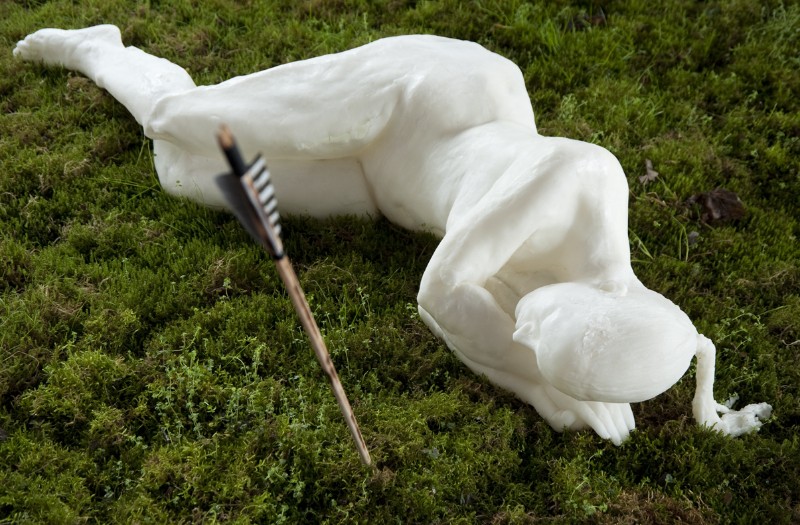
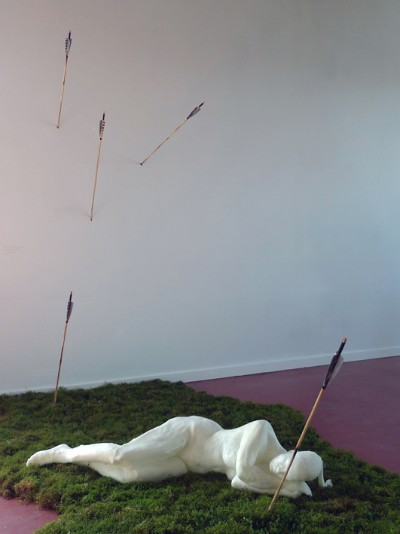
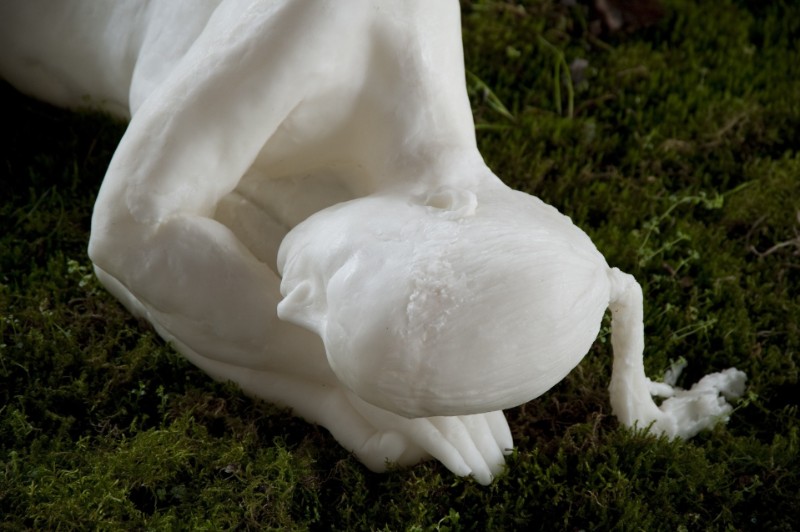
IM SCHATTEN DER BÄUME 2011 wax, moss, arrows
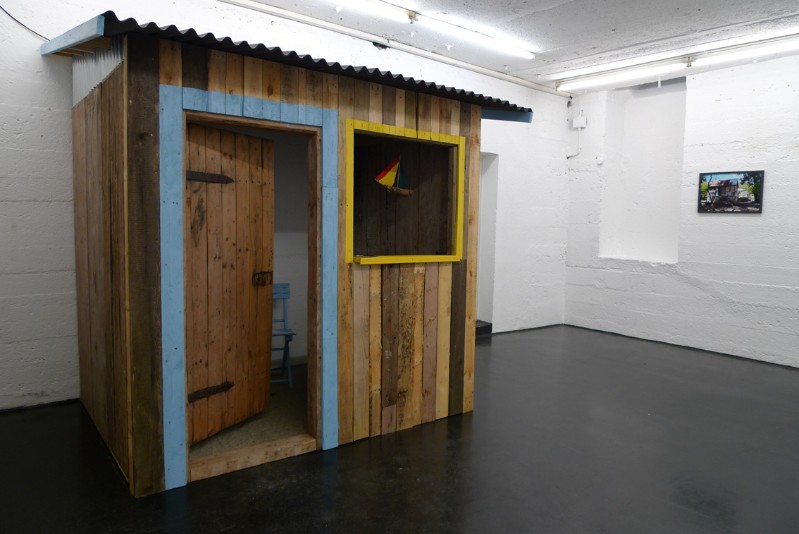
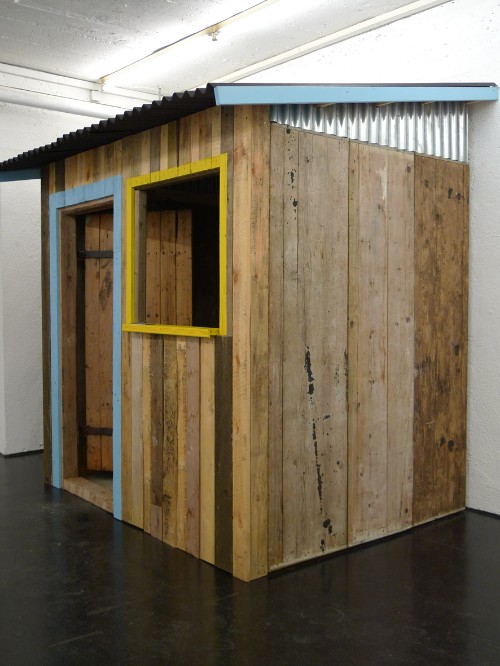
GINGERBREAD 2014 mixed media Installation wood, metal, sand, chair,
coconut boat, sounds, 235x170x240 cm
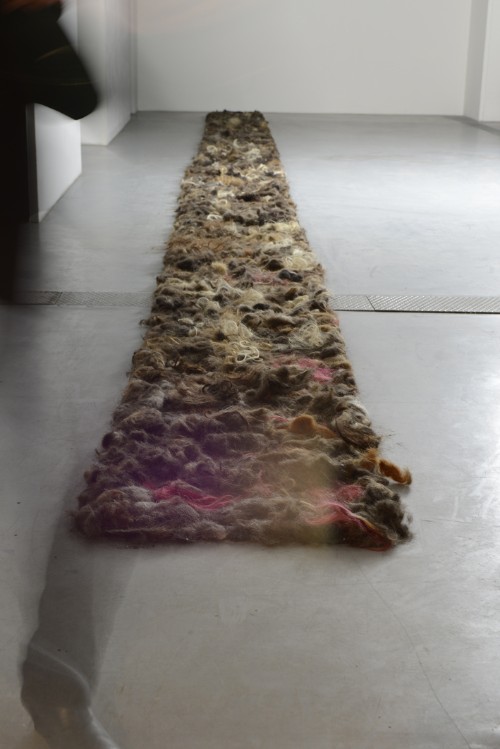
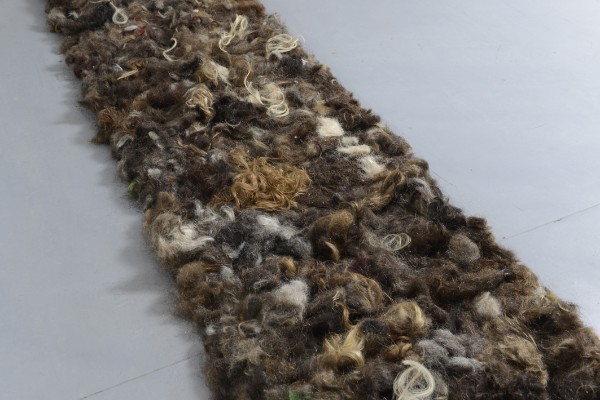

NOBODY Kallage-Götze/HB Lankowitz 2012-2013 human hair 70x1200 cm
picture credits / Abbildungsnachweis:
Jessica Kallage-Götze, Asja Schubert, Thierry Boissel, Susanne Lorenz





